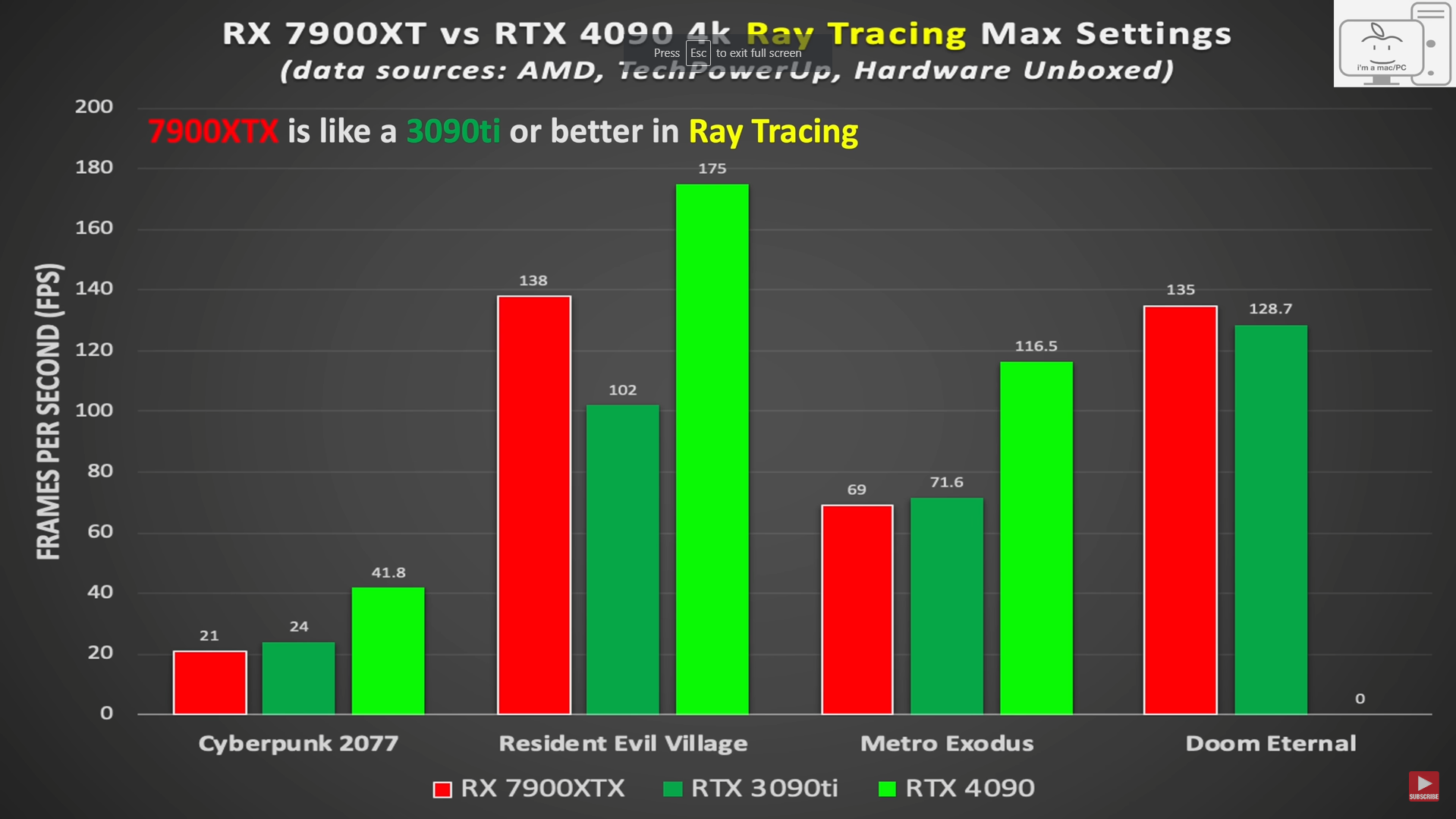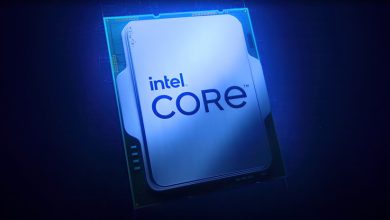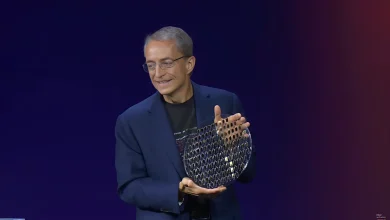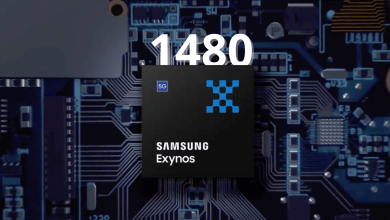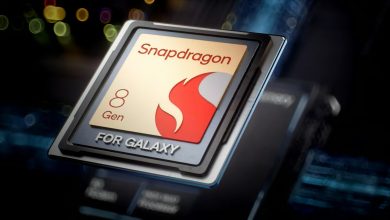AMD RX 7900 XTX Is On Par With The RTX 4090 In Real World Performance, Crushes NVIDIA’s Ada Lineup Price to Performance Wise

AMD introduced their RDNA3 lineup a few days ago, showcasing the fastest Radeon GPUs on Earth. RDNA3 is a massive leap over RDNA2, not just in performance but also in efficiency. Team red presented the flagship RX 7900 XTX along with the RX 7900 XT. Read more about these GPUs here.
While boasting about their performance gains, AMD made some comparisons against the last-gen RX 6900 XT/6950 XT. However, we did not and still do not know how these GPUs fare against NVIDIA’s Lovelace. Today, based on the numbers AMD gave, a comparison has been made against the RTX 4090. Spoiler alert, in the gaming segment things look grim for Lovelace if the current pricing does not change.
Raw Raster Performance
In raw 4K raster performance, the RX 7900 XTX is up to 1.7x faster than last gen’s RX 6950 XT. That is a huge jump in performance and almost on par with the RTX 4090. Hardware enthusiast, I’m a Mac unearthed these numbers and found out that the actual performance is only ~45% faster.

How does it compare to NVIDIA’s flagship? Well, despite the initial 45% uplift setback, the RX 7900 XTX offers almost the same performance as an RTX 4090. That is insane! The 4090 beats the 7900 XTX by just 10%, however, that can be compensated by the 7900 XTX being 60% cheaper.
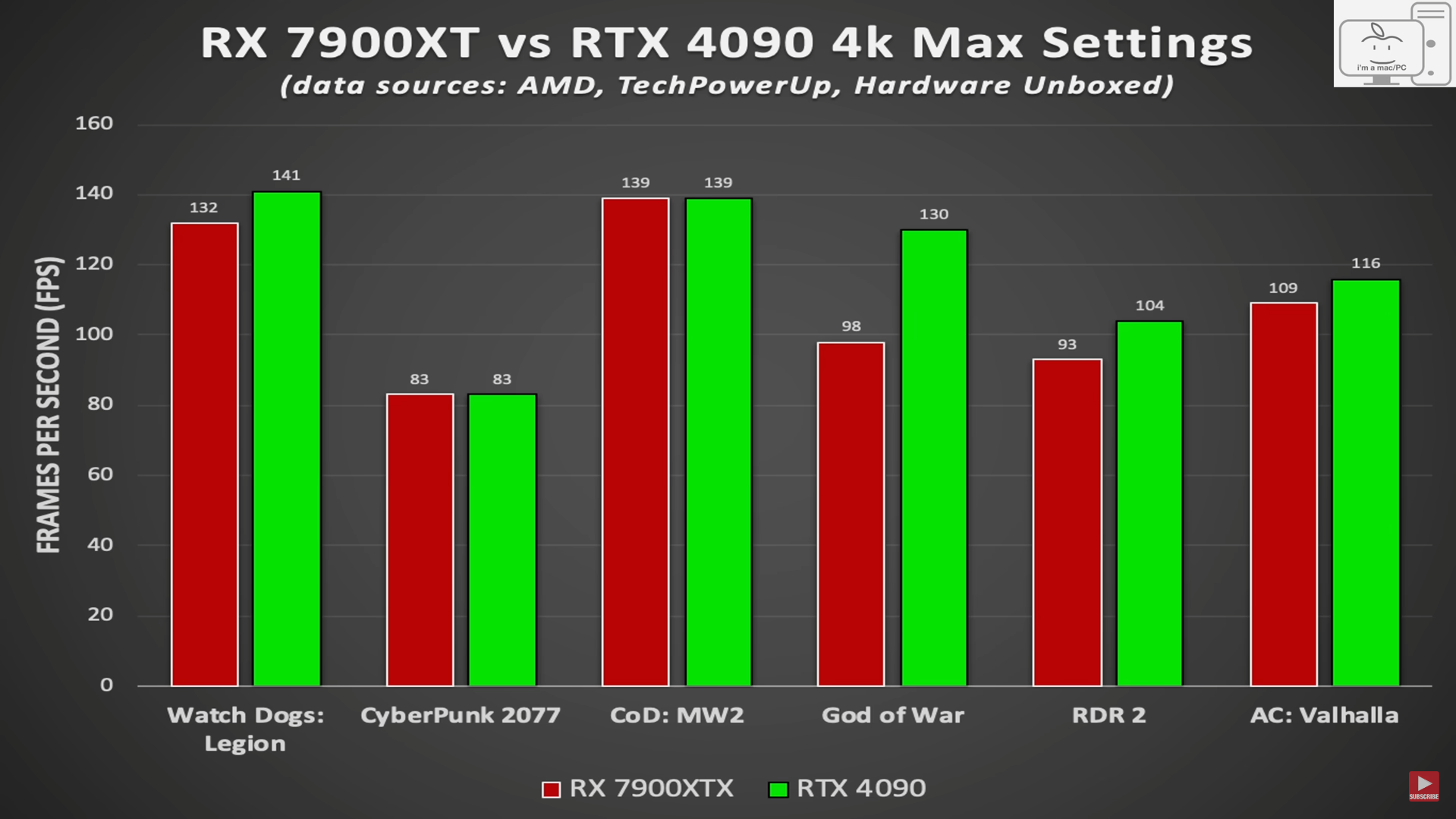
Although, across a large variety of games the difference can vary. I’m a Mac speculates that the final result would be in favor of NVIDIA with the RTX 4090 pulling ahead by at least 20%. It appears that the 7900 XTX is 10-15% faster than the RTX 4080 16GB, with the 7900 XT estimated to be equal to the 4080.
Ray-Tracing Increments
AMD themselves stated that the RX 7900 XTX provides 1.5x-1.7x more RT performance than the 6950 XT. That’s really impressive, however, the actual results are surprising to say the least.
I’m a Mac analyzed the charts showcased at AMD’s event and made some shocking revelations. After counting the pixels, the RX 7900 XTX provides the following RT increments generation on generation;
- Cyberpunk 2077 ( 75% without FSR | 48% with FSR)
- Dying Light 2 (100% without FSR | 85% with FSR)
- Hitman 3 (72% without FSR | 56% with FSR)

These numbers may look decent on paper. However, on further inspection, we see that instead of a literal slideshow, AMD has promised a ~cinematic video-like experience. Is that a decent improvement? Of course, although you would still be better off without ray tracing. Thanks to Kepler, we see that RDNA3 despite being a somewhat decent increase, is 6x slower than the 4090 in RT instructions per second.
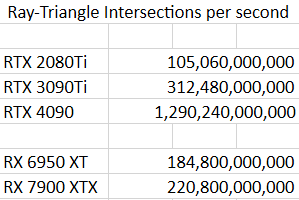
We have a few more charts for real-world numbers, courtesy of I’m a Mac. The RX 7900 XTX is on-average 68% faster than the 6950XT in ray tracing. Against NVIDIA’s best, it is equal to a 3090 Ti, or 20% slower than the RTX 4090. That’s not bad, although some games show a difference of over 2x (Cyberpunk 2077).
Endnote Shenanigans
Many experts highlighted that the lack of endnotes in AMD’s presentation is not a good sign. Endnotes showcase where AMD get their charts/numbers from. For example, the 54% efficiency increase is probably for a certain GPU from the RDNA3 lineup. The very bottom right corner of the chart below (‘See endnote RX-816’) is a reference to which GPU was used for this metric.

To our surprise, there is no such endnote. We have no clue as to where AMD got this number from. Maybe AMD must’ve forgotten to add the reference. In any case, RDNA3 is extremely power efficient but we still need to be sure of the numbers given to us.
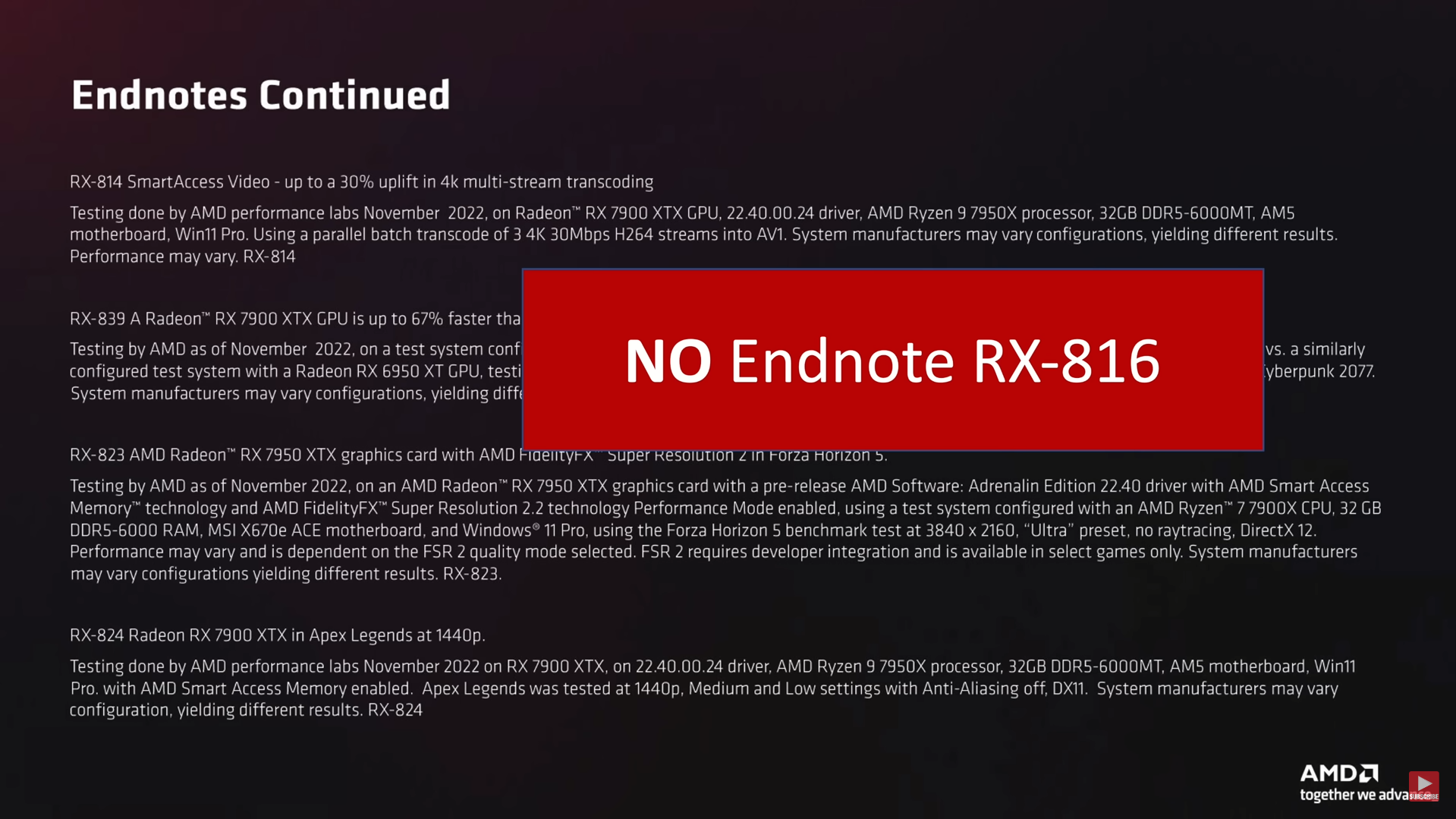
NVIDIA vs AMD, Who Wins This Generation?
The main intention behind NVIDIA’s high Ada pricing is clear, more performance for more price. In the end, the performance is actually really decent and a considerable jump from Ampere. However, the pricing and availability issues are not hidden from anyone.
RDNA3 is a slightly different approach. At the same price, you get more performance than last-gen though still slower than NVIDIA’s Ada. Does the price reduction make up for the lack of performance? Absolutely! Take this chart for reference.

In conclusion, NVIDIA’s Ada is for those requiring the latest and greatest features along with insanely fast performance. The cost you pay is, well money, a lot of money.
AMD’s RDNA3 is for those that want to enjoy a decent performance boost without breaking the bank. For 60% cheaper, you get around 20% less performance. As for the features, AMD has not disclosed much but we may end up seeing AMD put up some serious competition for NVIDIA’s DLSS 3.0.
However, team red does not have other tools like NVIDIA Broadcast, NVIDIA Ansel and NVIDIA Canvas. Still, the new hardware-enabled encoding/decoding capabilities sound like a great inclusion. In the end, the ball is in your court.

